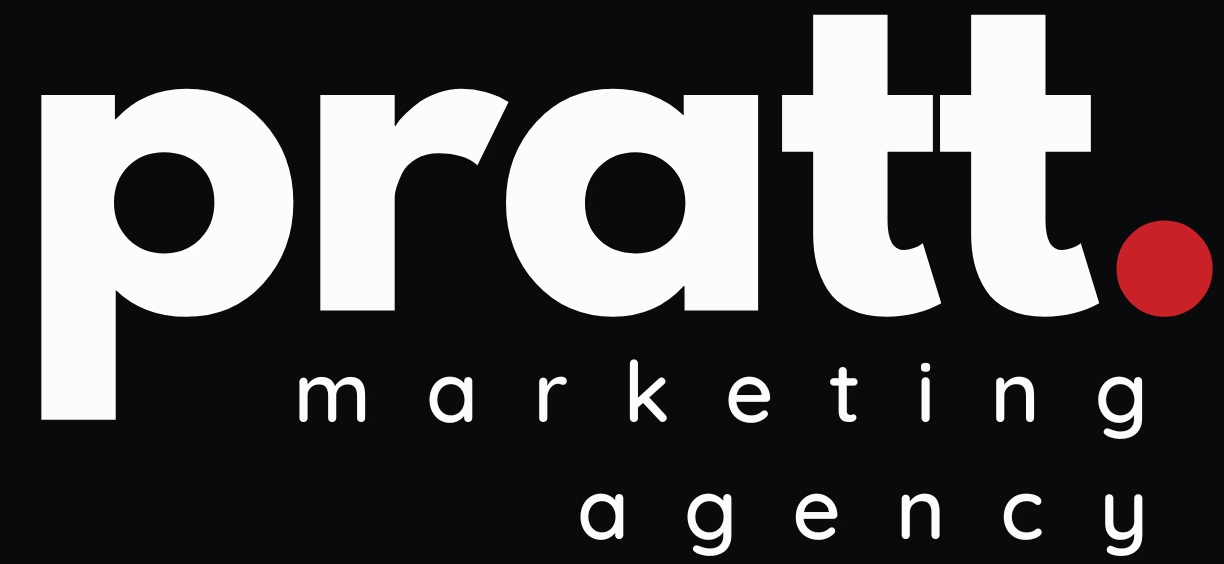As a small business owner, finding your target audience is crucial for the success of your business.
Knowing who your target audience is can help you tailor your messaging, choose the right channels, and create content that resonates with them.
In this blog post, we’ll explore how to find your audience and create campaigns that drive results.
1. Define Your Ideal Customer
The first step in finding your target audience is to define your ideal customer. This is the person who is most likely to buy your product or service. To define your ideal customer, ask yourself the following questions:
- What are their demographics (age, gender, income, education, etc.)?
- What are their interests and hobbies?
- What are their pain points and challenges?
- What motivates them to buy?
For example, if you are a small business owner who sells handmade jewelry, your ideal customer might be a woman between the ages of 25-45 who values unique and high-quality jewelry.
2. Conduct Market Research
Once you have defined your ideal customer, you need to conduct market research to validate your assumptions and gather more information about your target audience. There are several ways to conduct market research, including:
- Surveys: Surveys can help you gather quantitative data about your audience. You can use tools like
- SurveyMonkey or Google Forms to create and distribute surveys.
Interviews: Interviews can help you gather qualitative data about your target audience. You can conduct interviews in person, over the phone, or via video conferencing. - Social Media Listening: Social media listening involves monitoring social media channels to understand what people are saying about your brand, competitors, and industry.
For example, if you are a small business owner who sells handmade jewelry, you can conduct surveys to understand the types of jewelry your target audience prefers. You can also conduct interviews with women who value unique and high-quality jewelry to understand their pain points and motivations.
3. Analyze Your Competitors
Analyzing your competitors can also help you find your target audience. Look at your competitors’ marketing campaigns, messaging, and audience. Identify gaps in their marketing strategy and use them to differentiate your brand.
For example, if you are a small business owner who sells handmade jewelry, you can analyze your competitors’ jewelry designs and marketing campaigns to understand their messaging and target audience. You can then use this information to create campaigns that differentiate your brand and appeal to your target audience.
4. Use Data Analytics
Data analytics can help you understand your target audience’s behavior and preferences. Use tools like Google Analytics and social media analytics to gather data about your audience’s demographics, interests, and behaviors.
For example, if you are a small business owner who sells handmade jewelry, you can use social media analytics to understand your audience’s engagement with your content. You can then use this information to create content that resonates with your target audience.
5. Refine Your Strategy
Once you have gathered data about your target audience, refine your marketing strategy to appeal to them. Tailor your messaging, choose the right channels, and create content that resonates with them.
For example, if you are a small business owner who sells handmade jewelry, you can create social media campaigns that showcase your unique and high-quality jewelry designs. You can also create content that provides tips and tricks for women who value unique and high-quality jewelry.
In conclusion…
Finding your target audience is crucial for the success of your small business.
By defining your ideal customer, conducting market research, analyzing your competitors, using data analytics, and refining your strategy, you can create campaigns that resonate with your audience and drive results.
If you want help finding your target audience or creating effective marketing campaigns, contact us for a consultation.


 Dave Pratt’s STAR WorldWide Networks & Agency is one of the fastest growing digital media producers, distributors and marketing agencies in the nation. Our agency offers full-service media and digital marketing services to hundreds of companies worldwide...
Dave Pratt’s STAR WorldWide Networks & Agency is one of the fastest growing digital media producers, distributors and marketing agencies in the nation. Our agency offers full-service media and digital marketing services to hundreds of companies worldwide...
0 Comments